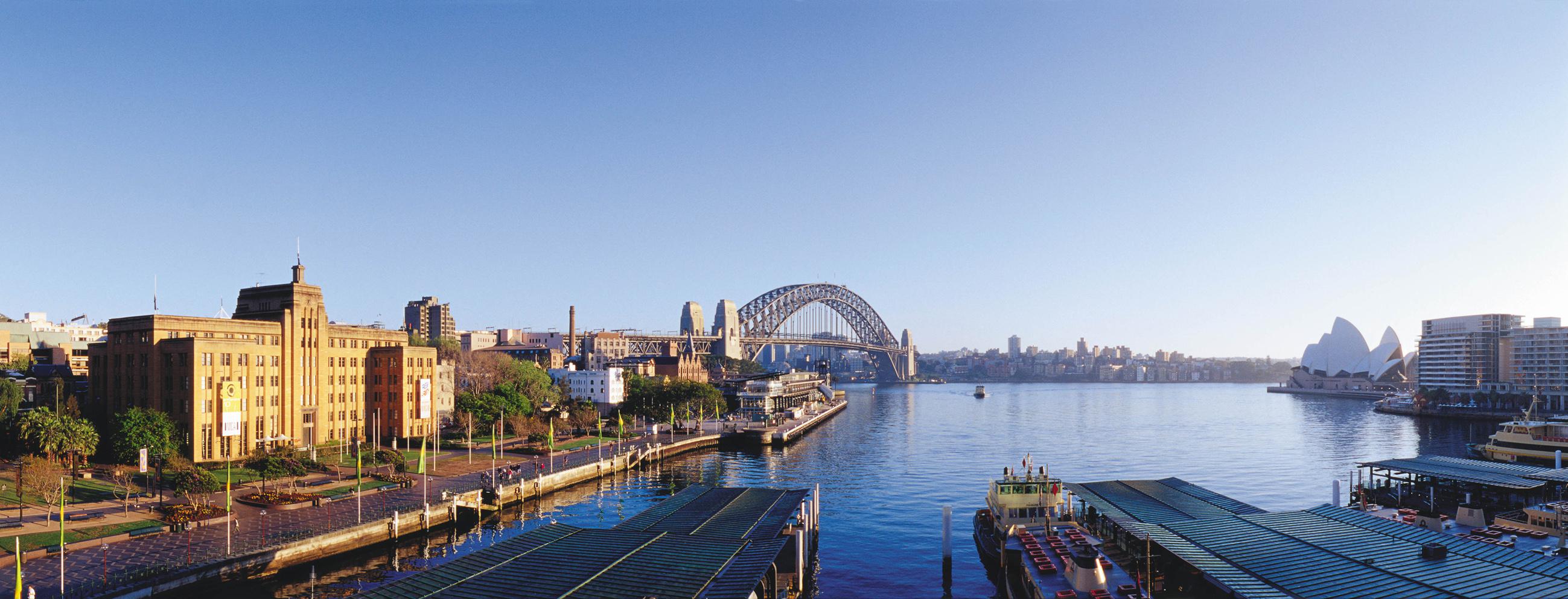Established in 1973, the Biennale of Sydney is the third-oldest international art biennial. Its 18th exhibition has been curated by Belgian Catherine de Zegher, visiting curator at the Tapiès Foundation in Barcelona, and Canadian Gerald McMaster, curator of Canadian art at the Art Gallery of Ontario in Toronto.
The title of this biennale exhibition, “all our relations,” has a universality that is inclusive; it respectfully honours global diversity as well as an awareness of the environment we engage in. The combined curatorial effort has the synchronicity of a well-defined and considered framework.
It is to be noted that the phrase “all my relations” is a term regularly spoken and used in North American Aboriginal ceremonial events. There is no mistake in recognizing that McMaster’s curatorial mark here is true to his own personal Aboriginal identity and to his sincere effort to encourage connectivity with the world around us. In this event, Canada is well represented on the international stage. Here are some of the highlights of the exhibition.
Jonathan Jones, a member of the Wiradjuri and Kamilaroi nations of Australia, sets a proscenium stage with his untitled (oysters and tea cups). The work points to an early clash of cultures between the British and the First Peoples of Australia. Sydney Harbour once held rich, healthy oyster beds that were a significant traditional food source for the Eora. Now, these beds are polluted.Cockatoo Island, a World Heritage site, is located in Sydney Harbour. In 1788, Sydney Harbour became the site of the first British settlement in Australia. Since then, Cockatoo Island has served as a location for a prison, a dock/shipping yard, a reformatory and an industrial school—and, since 2008, as an impressive venue for the Biennale of Sydney. The historic architectural structures left in situ on the island offer opportune spaces for artists to make significant site-specific artworks, and this year’s biennale holds several noteworthy installations.
In Jones’ installation, the detritus of this history spills out of a brick alcove in the form of empty teacups and oyster shells. The piece reminds visitors of where they stand in the context of the harbour’s history. It is also one of the many artworks that explore two themes vital to the biennale: cultural diversity and water.
Canadian artist Ed Pien worked with Tanya Tagaq, an Inuk throat singer, to create the installation Source, also at Cockatoo Island. Tagaq’s voice creates a rich sound foundation for Pien’s installation, a complicated labyrinth that has visitors metaphorically swimming through a playful water-evoking environment made out of paper, acetate, rope, cut-outs and projections.
In a time when many people have presented negative and fatalistic portrayals of aquatic conditions, Pien and Tagaq invite people to embrace our watery environments in a positive, peaceful way. They also encourage us to relate to and to understand the nature of water with our own bodies.
Also installed on Cockatoo Island is the curious Hylozoic Series: Sibyl created by Canadian architect Philip Beesley along with his design team and collaborators. The piece requires gallery participants to engage with the work, which functions at an impressive scale. Its fluids, textures, plastic feathers and sensors are triggered by physical interaction that makes viewers feel cautious in mingling with the piece. Those who do get lost in the work often cannot ascertain whether they are situated very closely to a large, single synthetic organism or in a field with many smaller, diverse bits of artificial life. The human form provides an organic contrast here to an odd, mechanical, plastic other-world, giving viewers cause to consider many meta-narratives, from ergonomics to bioethics.
The growing public awareness of Australia’s place in the Asia-Pacific region has brought more attention to Asian art communities in the country. Exciting developments in this area are reflected by Korean artists Park Young-Sook and Yeesookyung and their exhibit of large porcelain pieces at the Museum of Contemporary Art Australia.
Park Young-Sook created 12 of her enormous Moon Jar works—milk-white glazed porcelain vessels that test the thresholds of the medium. In her search for perfection during production, many of the vases broke and the shards set aside. With Young-Sook’s permission, younger artist Yeesookyung picked up the pieces to form something new, adhering them together in a spherical form that holds a large portion of the room. Her Translated Vase – the moon completes a circle of creation and destruction, with the spaces between its shards appearing to be soldered with gold. This gold material notably underlines the value in acts of reconstruction.
The Art Gallery of New South Wales hosts one the most memorable art experiences in the Sydney Biennale: Postcommodity’s Do You Remember When?
To create the work, the collective of American artists cut through the polished cement of the gallery floor to reveal red earth beneath. Sound is a well-crafted and integral component in the experience, with traditional Aboriginal music playing from one source that seems to be coming from underneath the earth, a microphone collecting the sounds of people in the gallery space and a pickup installed on the cut cement block, resulting in a soundscape that is combined, interwoven and amplified over speakers. The complex composition activates the white-cube space and the group’s physical intervention into it.
The piece deserves the entire room, but unfortunately it shares a wall with a beautiful, thoughtful drawing series by Australia-based artistJohn Wolseley, a piece which warrants an appreciative space of its own. No doubt this decision came from a good curatorial intent and a desire to connect the Postcommodity work with the flow of the main biennale exhibition spaces in the gallery.
This story was updated with selected clarifications on July 12, 201









